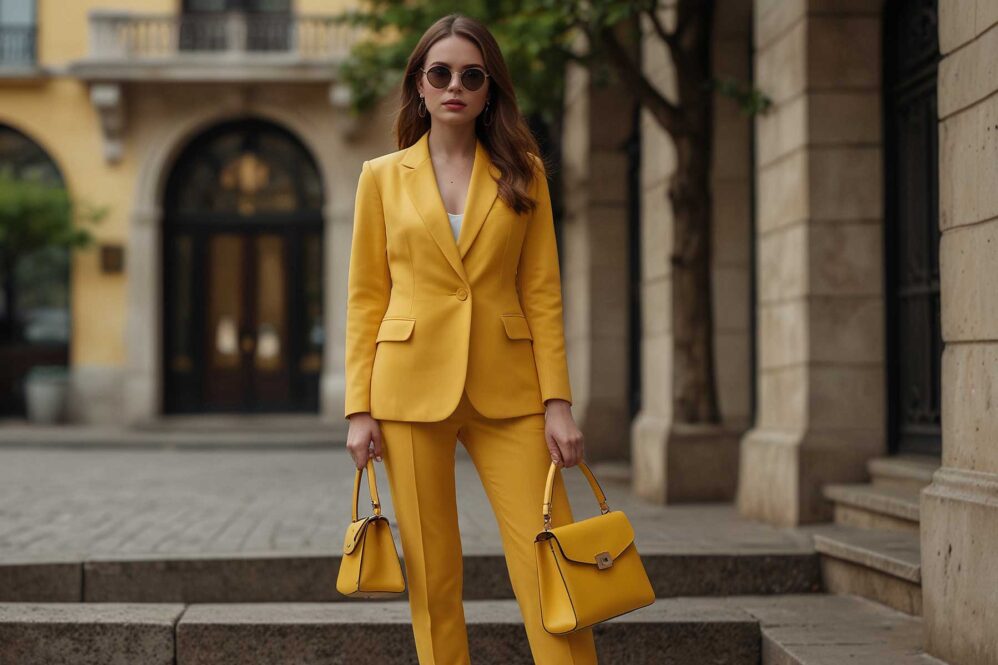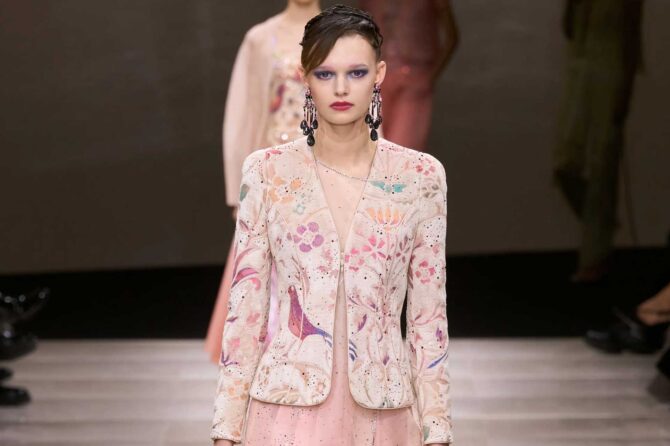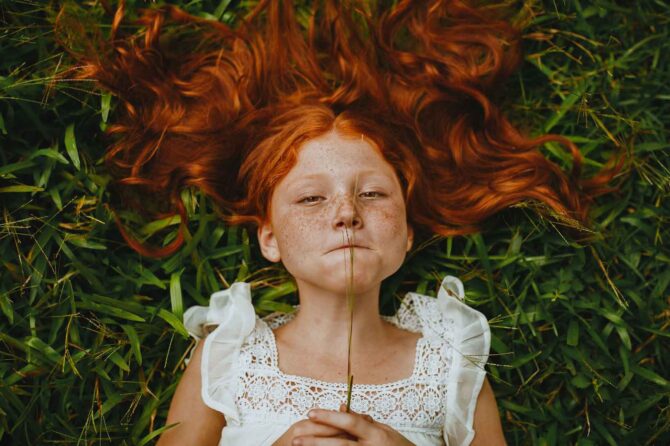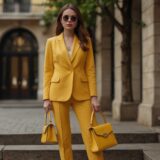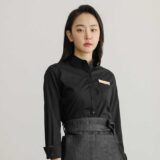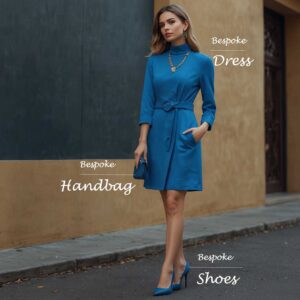It’s a scenario that’s all too familiar: Standing in front of our closets on a weekday morning, feeling the onset of panic as we sift through hangers filled with pieces we once loved or impulse-bought. Despite the abundance, the daunting task of putting together an outfit that feels just right often leaves us feeling stumped and slightly overwhelmed. It’s a paradox of choice—having too many options can sometimes feel like having none at all.
Color blocking is not just a fashion trend; it’s a vibrant statement of individuality and confidence. This bold style technique involves pairing two or more solid colors together in an outfit to create striking visual contrasts and compositions. Far from being random, successful color blocking is all about understanding color theory, harmony, and the power of matching complementary or analogous colors to craft outfits that are both eye-catching and harmoniously balanced.
Understanding the Basics of Color Matching
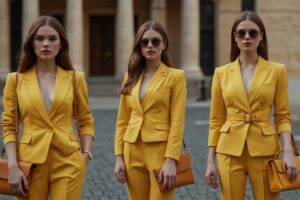
To master color blocking, it’s essential to have a basic understanding of the color wheel. Colors opposite each other (complementary colors) like blue and orange or purple and yellow, offer high contrast and vividness when paired. Analogous colors, which are next to each other on the wheel, such as green and blue, create a more harmonious and cohesive look. Don’t forget about the impact of neutral colors like black, white, gray, and beige, which can serve as a foundation to make the vibrant colors pop even more.
Color blocking is a fun and expressive way to showcase your personal style and creativity through fashion. By understanding the basics of color theory and experimenting with different combinations, you can create stunning looks that turn heads and express your unique aesthetic. So go ahead, dive into your wardrobe, and start playing with colors—the possibilities are endless and exhilarating!
Embrace the journey of color blocking as an ongoing exploration of style, creativity, and personal expression. With each outfit, you have the opportunity to tell a new story, evoke emotions, and leave a lasting impression. So go ahead, mix those colors with confidence and let your wardrobe be a canvas for your vibrant, unique personality.
As you grow more comfortable with basic color blocking, the next step is to explore more advanced techniques and combinations that can further elevate your style. This involves integrating more colors, experimenting with shades and tints, and playing with the visual balance of your outfits.
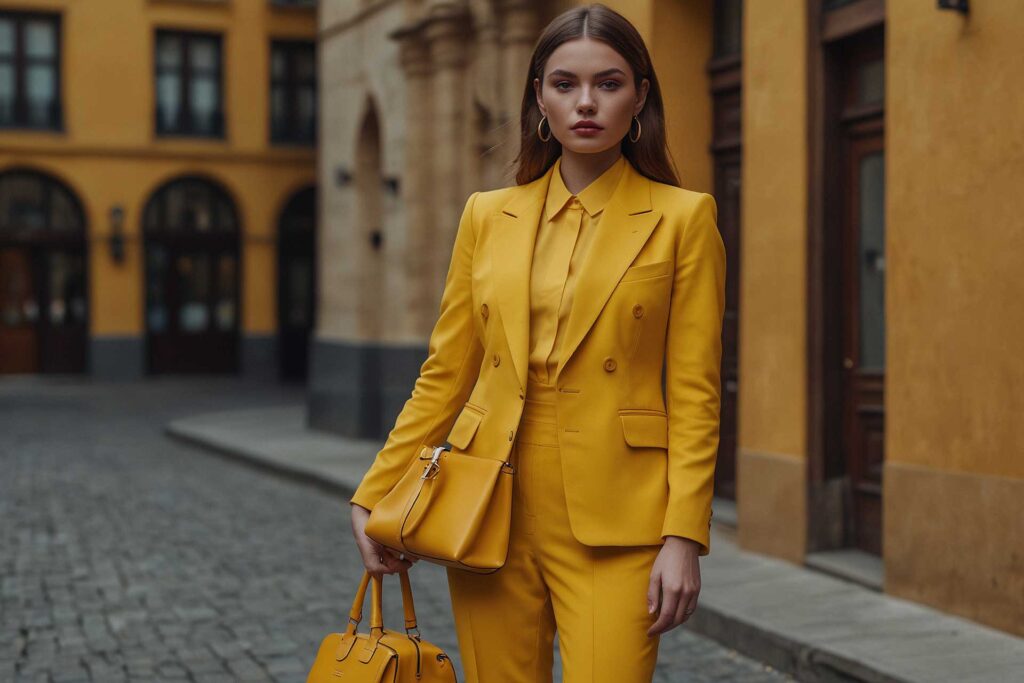
Metallics, though not often considered in color blocking, can act as both a neutral and a highlight within an outfit. A silver metallic skirt paired with a cobalt blue top can add an unexpected twist to your ensemble, combining the vibrancy of color blocking with the sophistication of metallics. Similarly, using neutral shades like camel or grey as one of the blocks can ground more vivid colors, making the outfit more wearable while still maintaining its boldness.

Diving deeper into the color wheel, explore the use of shades (a color mixed with black) and tints (a color mixed with white) to add depth to your color blocking. For instance, pairing a navy blue (a shade of blue) with a pastel pink (a tint of red) can create a sophisticated contrast that’s both striking and subtle.
Play with Scale and Pattern
While color blocking traditionally focuses on solid colors, integrating patterns can add an exciting layer to your outfits. Choose patterns that feature blocks of color within them as a way to subtly nod to the trend while adding visual interest. For example, a striped shirt in two contrasting colors paired with a solid-colored pant can be a fresh take on color blocking that still feels cohesive.
Balance with Accessories
Accessories play a crucial role in advanced color blocking. They can either introduce a new color into the mix or help balance out the colors already present in the outfit. Consider a brightly colored bag or shoe to add a pop of unexpected color, or a belt in one of the outfit’s dominant colors to tie the look together and create a visual break.
Mastering the Art of Visual Balance
Achieving visual balance is key in color blocking, especially as you incorporate more colors or mix patterns. This doesn’t necessarily mean each color needs equal representation; instead, play with proportions to find a pleasing balance. A large block of a more subdued color can be balanced by a smaller area of a vibrant hue. The goal is to create an outfit where the colors enhance each other without any single one overpowering the look.

